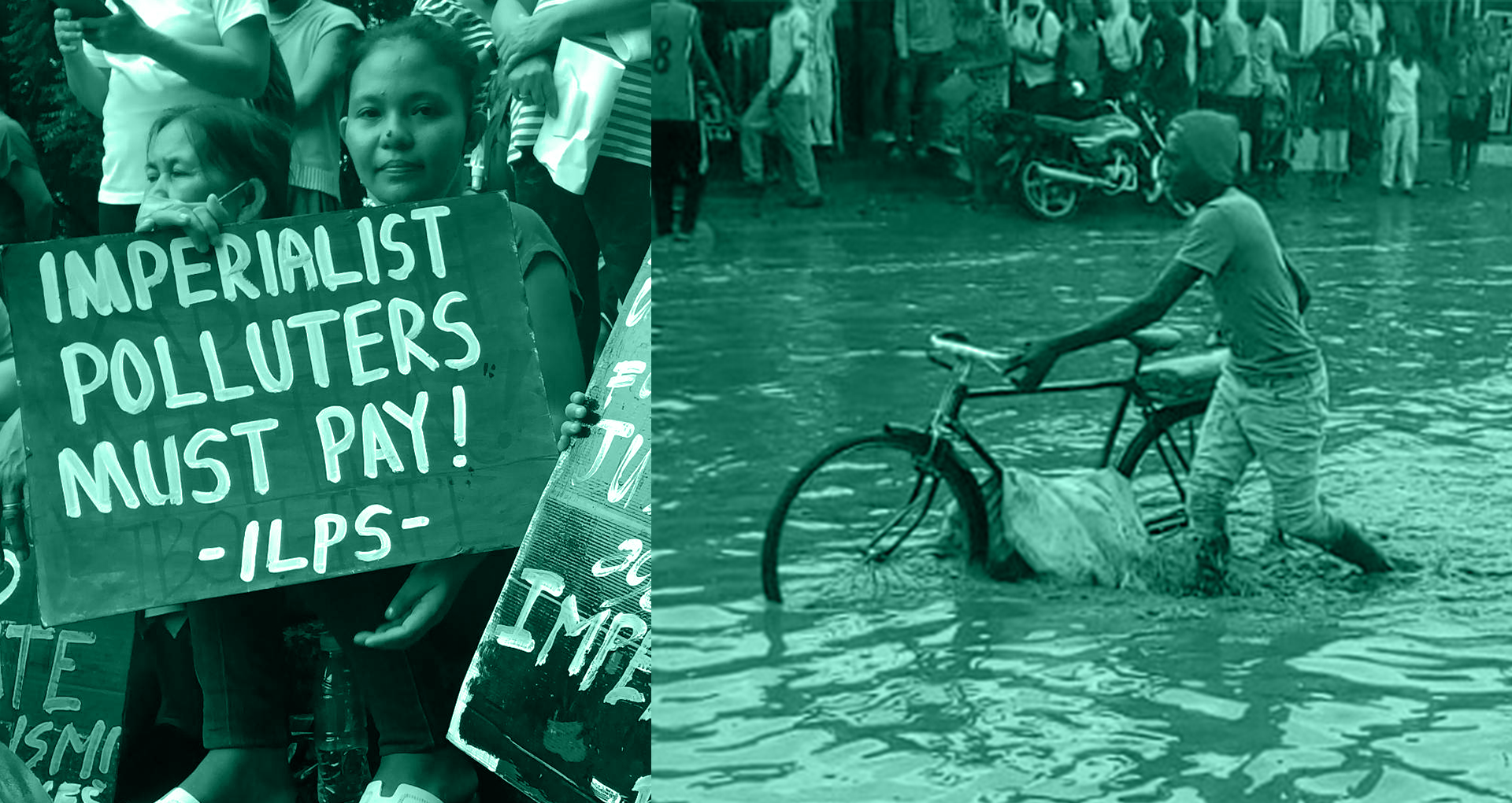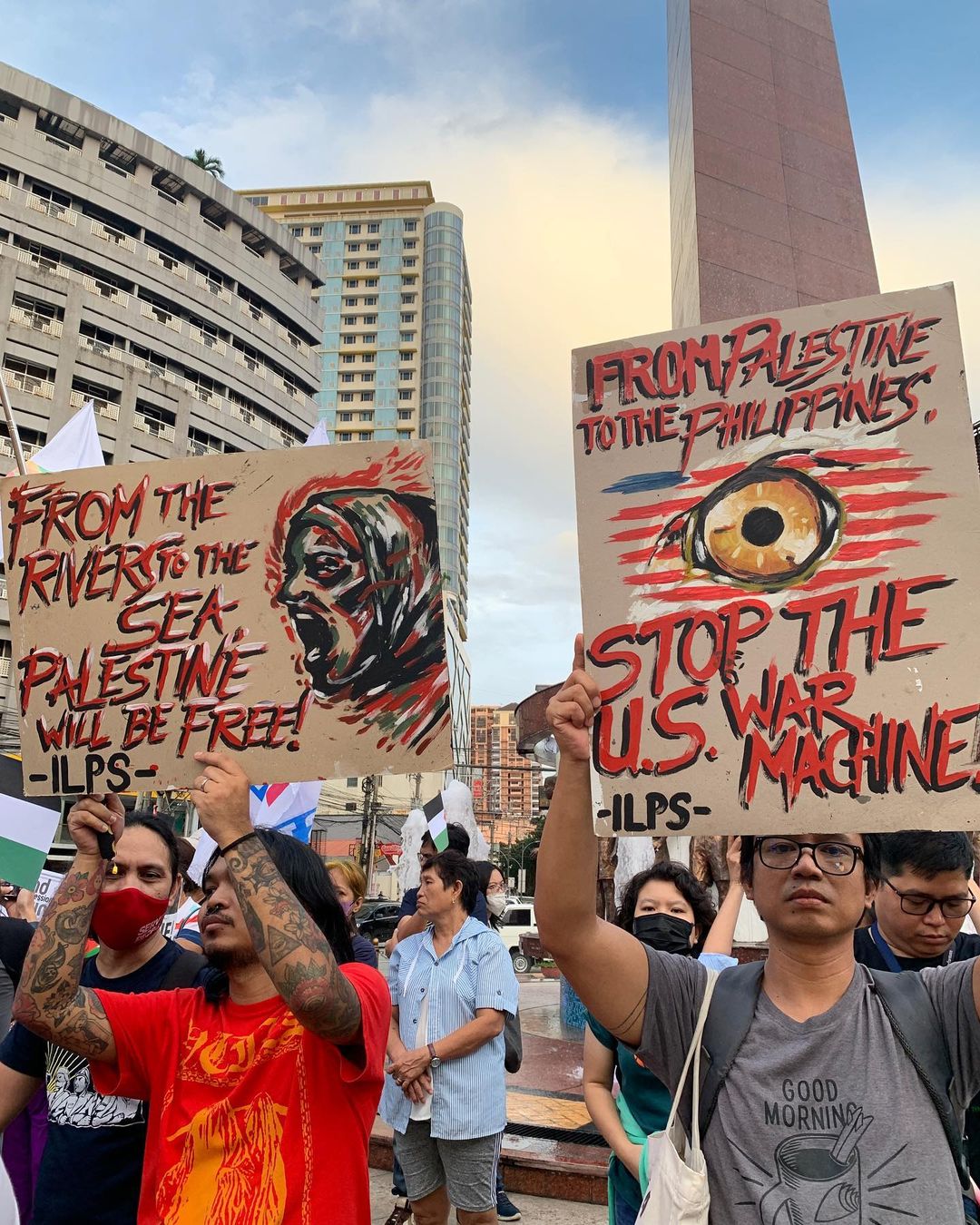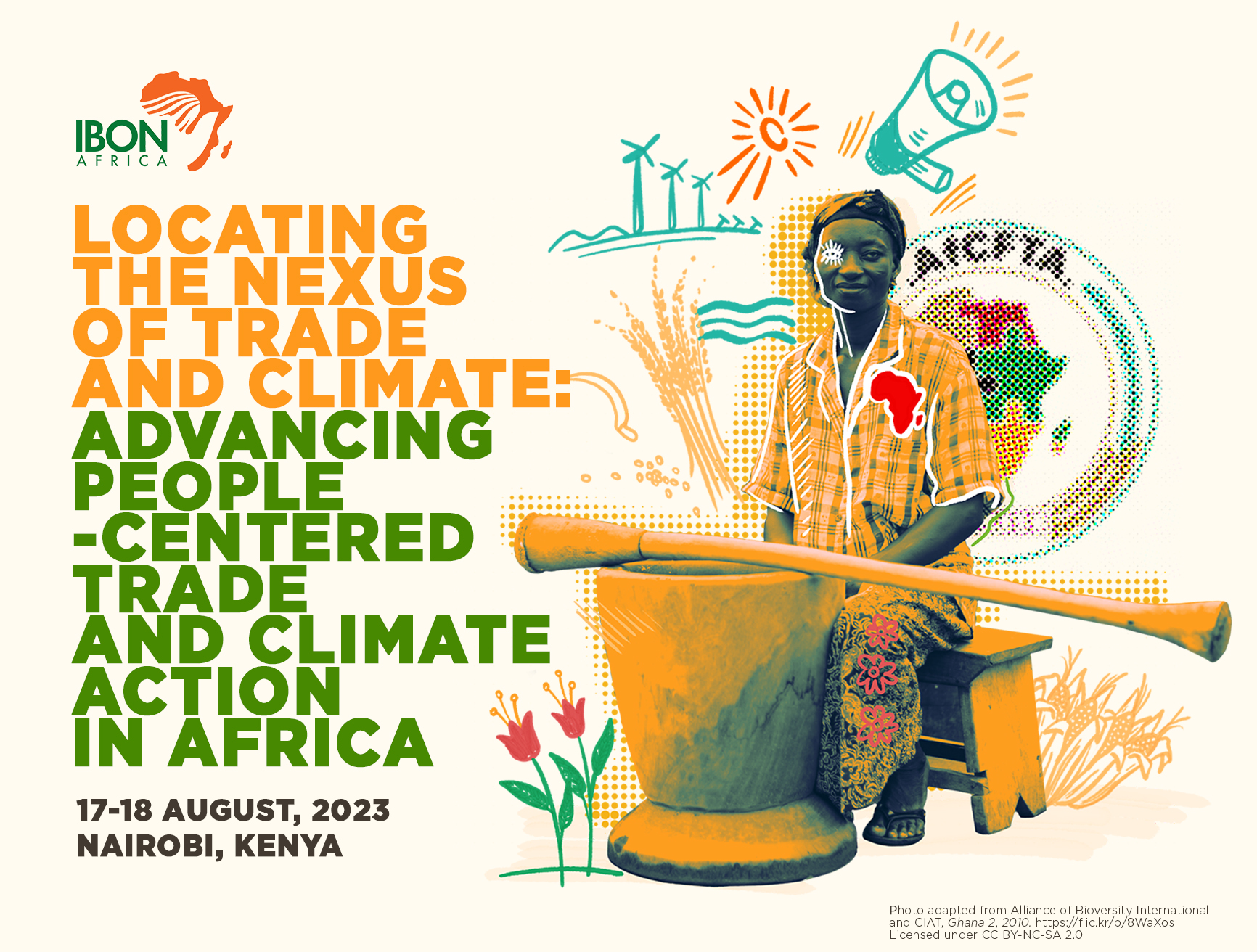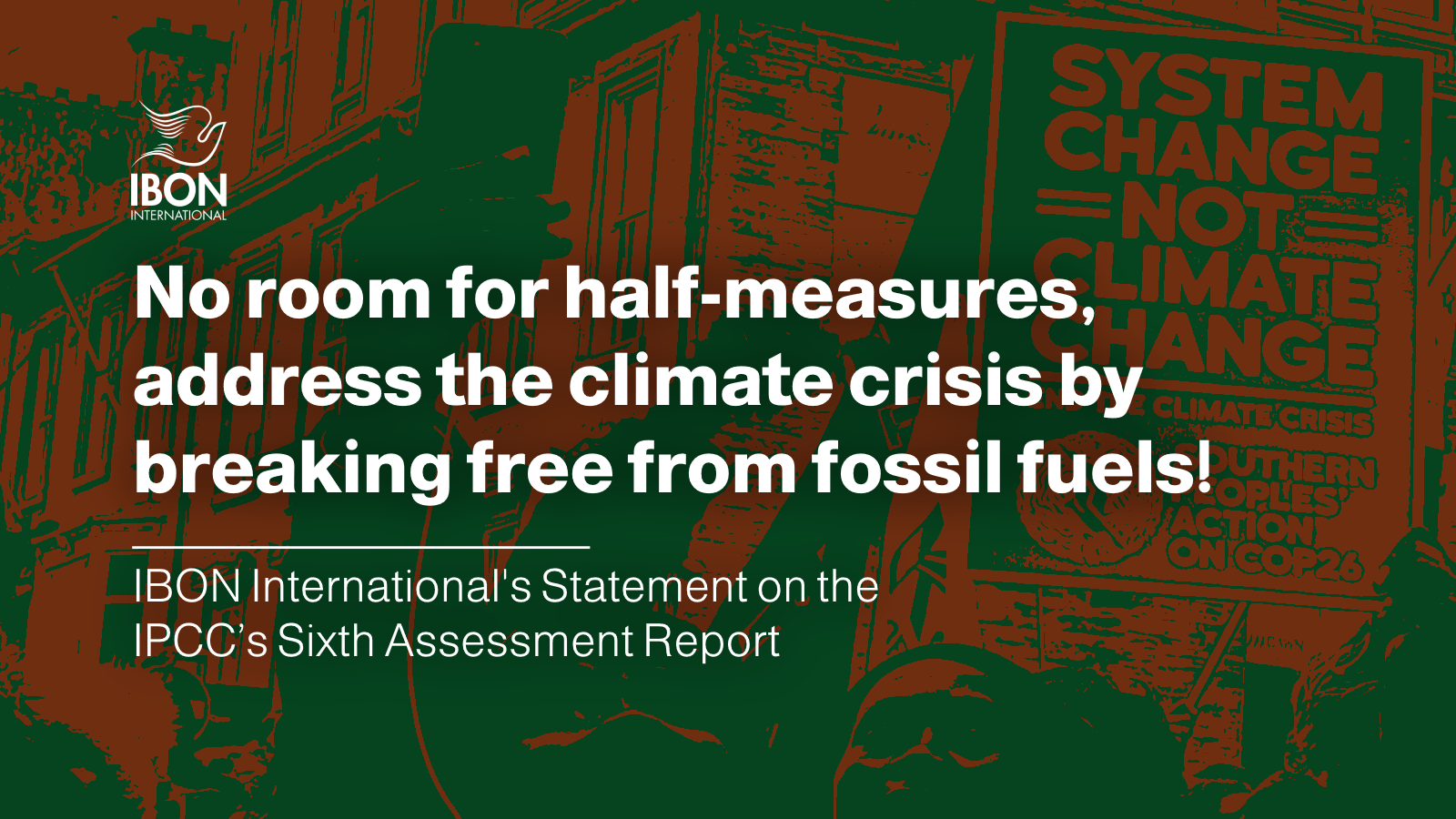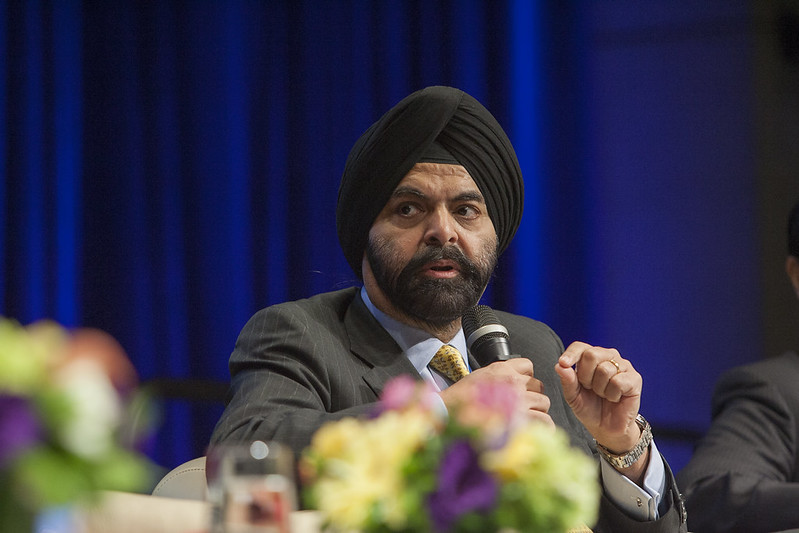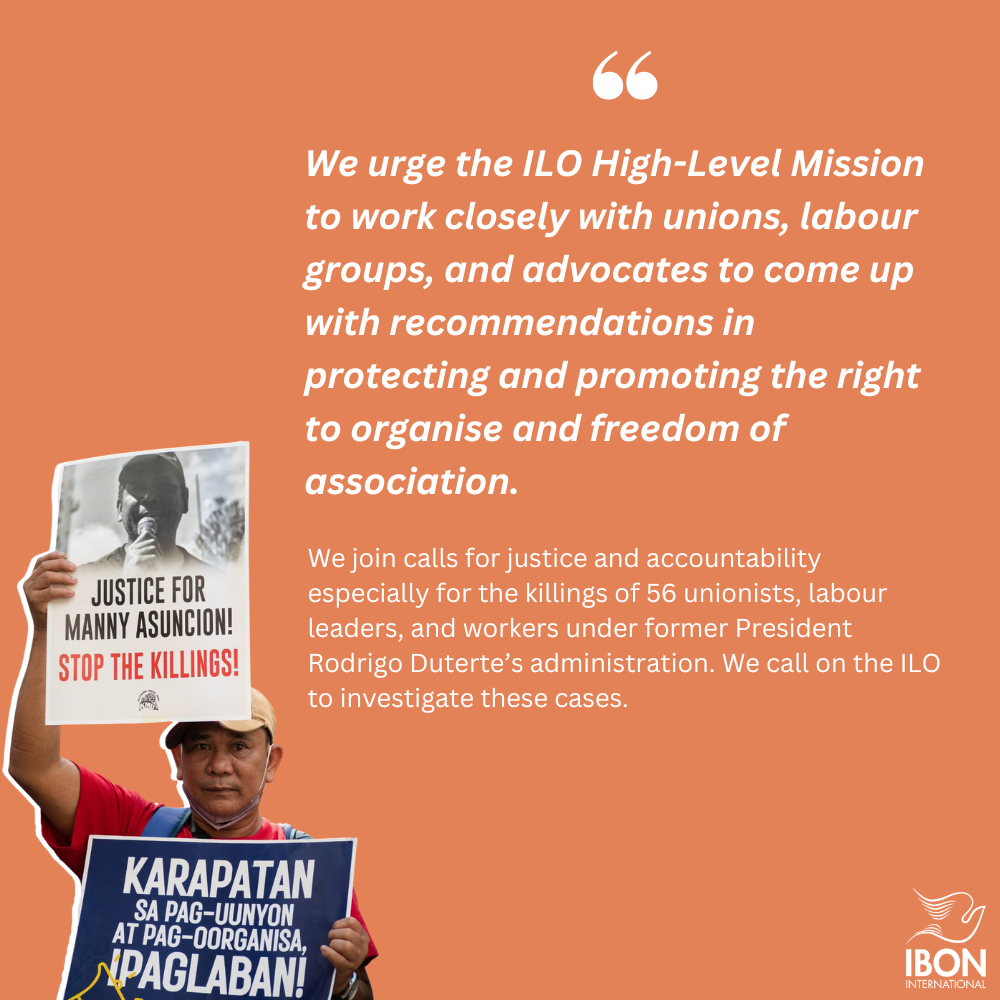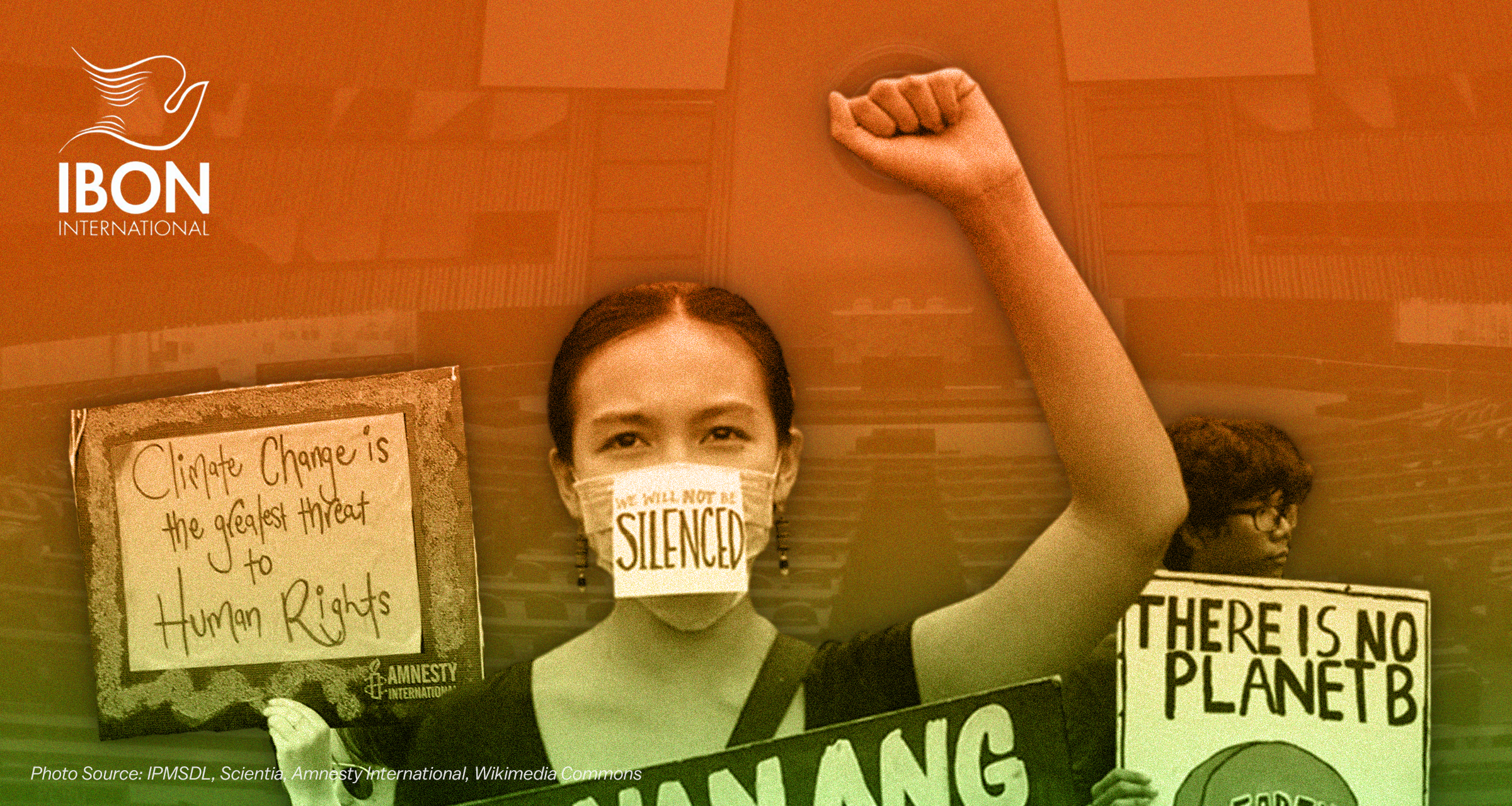[[{“type”:”media”,”view_mode”:”media_original”,”fid”:”2287″,”attributes”:{“alt”:””,”class”:”media-image”,”style”:”width: 600px; height: 291px;”,”typeof”:”foaf:Image”}}]]Photo: People Over Profit Network
The following article is derived from an IBON International input on key investment trends in Southeast Asia, at the plenary of the Convergence Space on Trade, Investment and Corporate Power of the ASEAN Civil Society Conference/ASEAN Peoples’ Forum. It was originally delivered 10 September 2019.
Asia is among the largest destinations of foreign investment, receiving 39% (more than USD 500 billion) of the world’s investments in 2018, with 11% flowing into Southeast Asia alone at USD 149 billion. China, the United States, and Japan are among the top investor economies in developing Asia.[i]
In 2018, there is an increase in foreign investments in Singapore, Indonesia, Vietnam, and Thailand, with the latter having the steepest growth in the subregion. Meanwhile, foreign investments in Malaysia and the Philippines are declining.[ii]
What we know is that the situation for investors are said to be promising in SEA, with "improved investment environments." But who benefits? It is mainly the corporate investors who exploit the "low-cost, resource-rich countries” that are “attractive FDI destinations."
Trend 1: GVCs, investment liberalisation
Corporate-led production today is in global chains and networks, with rich states outsourcing production to many Asian countries in so-called global value chains (GVCs). Sixty-one percent of East and Southeast Asian exports are along GVCs, and these cross-border networks increase monopoly capitalist super-profits at the expense of our rights and the environment.
Governments and corporations are still pushing investment in areas with cheap labour. Dominant policy tilts our economies toward extractive industries such as mining[iii] and energy, which affect our region’s workers, indigenous peoples, farmers and rights defenders at the frontlines. Another result is how some ASEAN nations such as Timor Leste, Myanmar and Laos remain dependent on exports of agricultural products and minerals.[iv]
This rampant promotion of freedom for profit-seeking capital only worsens inequality and sells out our rights. It is part of today's world situation, with slowing global growth, the urgent climate crisis, and rising mergers of transnational corporations (TNCs).[v] Globally, the ratio of TNC profits increased 58% in relation to revenue from 1995 to 2015.[vi]
This first trend of continued investment liberalisation – the unrestrained opening up of our economies to foreign investment – is a concern for us, as it would worsen corporate plunder against our rights.This makes the RCEP negotiations that will still push investment liberalisation concerning. This is why international finance institutions’ (IFIs) blanket promotion of “better business climates” is dangerous. This is why it is also an issue that 32 national laws for investment liberalisation were crafted in 2018 in developing Asia.[vii]
Thailand enacted the Eastern Corridor Economic Act with fiscal incentives for investors and which already had negative impacts on communities.[viii] The Philippines continues to relax foreign ownership restrictions, as the government continues to attack unionised workers, farmers asserting their right to land, and indigenous peoples asserting their right to self-determination.
Trend 2: Corporate capture of development
Another trend in the region is how foreign direct investment (FDI) and private investors are sold to be important in financing sustainable development.
This is where IFIs again enter the picture. We know that IFIs have a long history of creating smooth conditions for profiteering: in the 1970s onwards, they enabled and sponsored privatisation of social services, which peoples’ movements opposed. Then they forwarded public-private partnerships (PPPs), which many of us also opposed for just being privatisation by other means, with public cost for private gain.
The agenda of IFIs today is a continuing issue, with major institutions – the World Bank, Asian Development Bank, Asian Infrastructure Investment Bank led by powers such as the US, Japan, and China – promoting corporations and private investors to finance development and increase investment. This is what we call the corporate capture of the supposed sustainable development agenda.
This could be seen for instance in different IFI frameworks, from the World Bank’s Maximising Finance for Development Approach, the ADB Strategy 2030, and AIIB private sector promotion.
Trend 3: Rise of China & BRI
Another trend in the region is the rise of China. China is expanding economic reach amidst unused capital for export – and is continuing its “going out” policy. China has more than a hundred giant state-owned enterprises (SOEs) in the 500 biggest corporations of the world, and is a big investor, financier of projects, in infrastructure and others.
Even outside the current Belt and Road Initiative (BRI) framework, there have been communities feeling the impacts of China-backed dams in Laos and other projects in the Mekong, as well as in the Philippines. China’s corporations are already involved in landgrabbing for sugar production in Cambodia.
These set a bad precedent for the China-led initiative. BRI was first announced in 2013 (then known as One Belt One Road) by China’s President Xi Jinping. We see this as a reaction to the Obama-launched US pivot to Asia as global powers try to increase influence in our region. It is dubbed by China as a new mode of China-led international cooperation in trade, investment, culture, and finance.
BRI aims to create economic corridors in land and sea, with supposed 171 bilateral agreements with 123 states and 29 international organisations as of March 2019, according to government data.[ix] BRI is touted to encourage FDI in infrastructure along economic corridors, with USD 64 billion agreed upon in the second BRI forum in China in 2019.[x]
The BRI works as a new wave of big capital investment promotion in Asia – for China’s state-owned commercial banks as well as traditional monopolistic corporations, and for China’s SOEs as project contractors.
These are among key investment trends in our subregion today, which concern us all.
Ways forward
Not all trends are worrying. Many communities across Southeast Asia are already campaigning to demand thatforeign investors and corporations should not be the main actors in our economies and development.
It is important to strengthen this, by joining campaigns to strengthen our ranks in resisting corporations’ violations of our rights. There is the People Over Profit network as a campaign network against corporate plunder, which is open to everyone who wishes to take back the power from corporate capture.
If there is a “private sector” to support, it should be our small farmers and producers, and our informal workers. This should be part of a larger assertion that people’s voices and rights should be the first consideration in any investment or development paradigm. We need to strengthen communities and people’s organisations who are already saying that they should have primary influence in determining development and economic decision-making. We, the people of Southeast Asia, are not for sale. ###
[i]UNConference on Trade and Development. 2019. “World Investment Report 2019: Special Economic Zones.”https://unctad.org/en/pages/PublicationWebflyer.aspx?publicationid=2460
[ii]Ibid.
[iii]Kohler, Pierre and Francis Cripps. 2018. “Do Trade and Investment (Agreements) Foster Development or Inequality?” Global Development and Environment Institute, Working Paper No. 18-03. http:// www.ase.tufts.edu/gdae/pubs/wp/18-03_ KohlerCripps_TIAsAndInequality.pdf
[iv]UN Conference on Trade and Development. 2019. “State of Commodity Dependence 2019.”https://unctad.org/en/pages/PublicationWebflyer.aspx?publicationid=2439.
[v]IBON International. 2018. “International Situation 2018: Simmering crisis, rising inequalities amid corporate concentration.” https://iboninternational.org/I3D/Intl-Situation-2018-Crisis-inequalities-corporate-concentration
[vi]Kohler, Pierre and Francis Cripps. 2018. “Do Trade and Investment (Agreements) Foster Development or Inequality?”
[vii]UN Conference on Trade and Development. 2019. “World Investment Report 2019: Special Economic Zones.”
[viii]ASEAN Civil Society Conference/ASEAN Peoples’ Forum 2019. Plenary, Day 1.
[ix]IBON International. 2019. “The Belt and Road Initiative: A new road or a dead-end for peoples' development?” https://iboninternational.org/policy-briefs/BRI-new-road-dead-end
[x]UN Conference on Trade and Development. 2019. “World Investment Report 2019: Special Economic Zones.”


